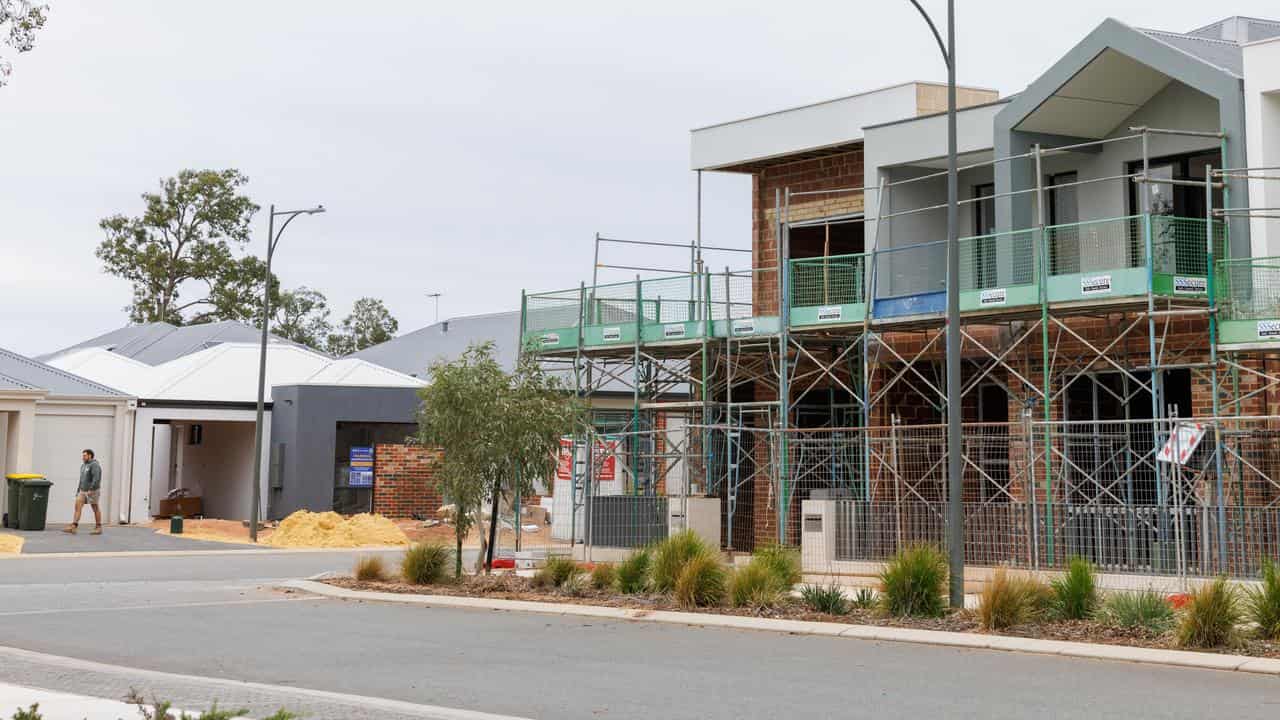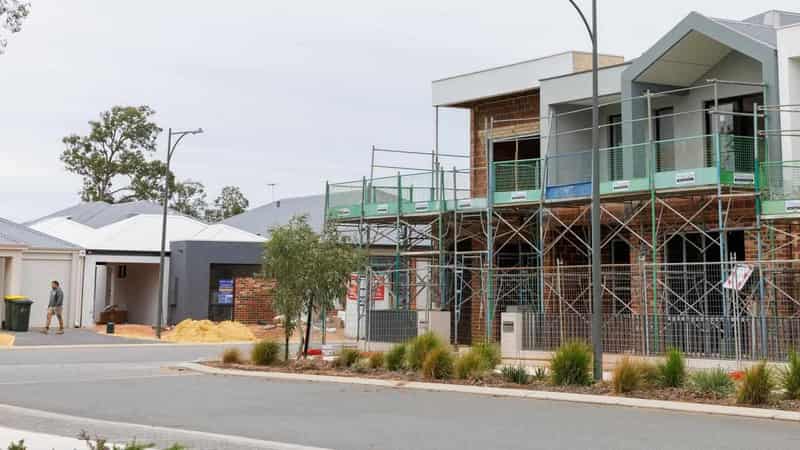
Home prices in Perth, Brisbane and Adelaide are growing much faster than in cities such as Melbourne and Hobart and the latest data indicates those trends could stick around for some time yet.
Home values nationally have risen by more than 35 per cent since the pandemic kicked off in 2020 but growth has not been spread evenly, according to real estate data company CoreLogic.
Price growth across hotspots Perth, Brisbane and Adelaide has vastly outpaced gains posted in other urban centres, including Hobart, Melbourne, Canberra, Darwin and Sydney.

At one end of the spectrum, Perth has posted a 62.6 per cent increase in property values in that time, compared to an 11.2 per cent bump in Melbourne.
Digging into the drivers behind the "multi-speed" housing market, CoreLogic head of research Eliza Owen said there were a number of factors at play.
The fastest-growing markets were generally starting from a low price base, with cities such as Perth and Adelaide "still playing catch up" to other capitals when looking back over the past decade, Ms Owen wrote in the report.
Some cities had managed to build more homes than others, which had helped keep a lid on price growth in places such as Melbourne.
Ms Owen said there a stronger take-up of the first-home buyer grant for new homes and the HomeBuilder scheme in Victoria, as well as a property investment boom in the mid-to-late 2010s was responsible for an influx of inner-city apartments.
Interstate migration trends were also playing a role in the multi-speed property market, with softer demand for homes in Sydney and Melbourne as NSW and Victoria lost residents to other states during the pandemic, particularly Queensland.
Ms Owen said there were reasons to expect the variety in price growth across the capital cities to hold at "relatively high levels" over the next few months.
For example, she anticipated the oversupply of homes in pockets of Melbourne and Hobart to be ongoing.
Longer term, the price gap should start to close between different cities, making capitals with slower growth look more affordable.
"This would help to stabilise capital growth trends in the likes of Melbourne, Hobart and Canberra, and possibly draw down the capital growth rate across Perth, Adelaide and Brisbane," Ms Owen said.
A separate deep dive into the property market by PropTrack found housing markets with the strongest growth avoided downturns in 2022.
When interest rates started climbing in May 2022, home prices fell nationally before starting to recover again in 2023.
“Stock for sale has consistently shrunk in the top performing markets which has driven more competitive market conditions amid stronger demand and continued to fuel price rises in 2024," PropTrack senior economist Eleanor Creagh said in the report.









